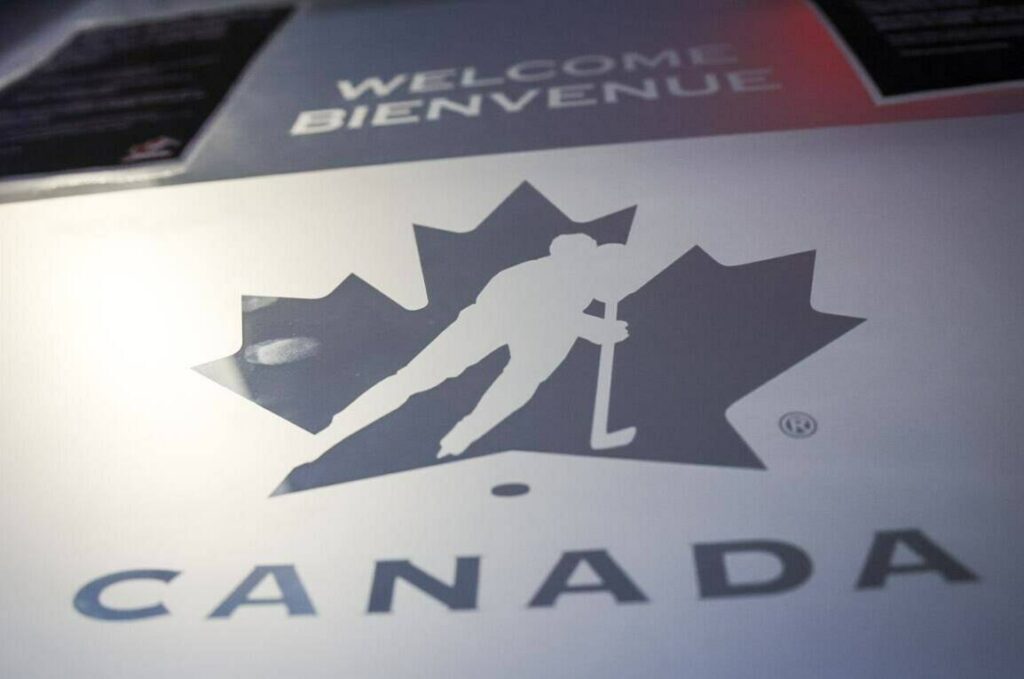The Canadian Hockey Association, the Western Hockey League and the Junior A League in Western Canada have taken huge steps towards the development of hockey.
Hockey Canada announced Thursday that its board of directors has approved the Western Canada Development Model (WCDM) pilot project for the 2024-25 season.
This project will create opportunities for players across Western Canada with choice and flexibility to prioritize their needs both on and off the ice, while also providing players with the opportunity to develop at a level built to their skill level.
“Hockey Canada's unity with the 10 organizations that led the development of the pilot project has never been stronger, and we appreciate the hard work of our members and leagues that led to today's announcement,” said Pat McLaughlin, Hockey Canada's chief operating officer and executive vice-president of strategy.
“We must continue to evolve to meet the needs of Canadians who want to participate in our national winter sport, operating with an athlete-centric approach and a system that prioritizes their development and safety on and off the ice.”
“By providing greater flexibility for Western Canada's junior hockey players and their families, we hope to improve the quality of competition on the ice and up to national team level when Canada competes internationally in future.”
The project includes representatives from BC Hockey, Kootenay International Junior Hockey League, Pacific Junior Hockey League, Hockey Alberta, Alberta Junior Hockey League, Hockey Saskatchewan, Saskatchewan Junior Hockey League, Hockey Manitoba, Manitoba Junior Hockey League and the WHL.
Changes include all Hockey Canada-sanctioned Junior A leagues adopting the WHL rulebook, with some exceptions regarding equipment, television, video goal judges and major penalties.
Brawls in the Western Junior A League will continue to follow Hockey Canada rules, which state that all players involved in the brawl will be penalized with a major penalty (five minutes) and a game misconduct.
Additionally, all players over the age of 18 will have the option to wear half-face protective gear, however players under the age of 18 will still be required to wear full-face protective gear.
There are also some changes being made to allow 15- and 16-year-old players more flexibility in their development in the WHL.
Players who are 15 years old and affiliated with the league will now be able to play a maximum of 10 WHL games, along with 16-year-olds. Previously, 15-year-olds were only allowed to play five games in the league.
WHL clubs will also be able to field two 15-year-olds in the same game if they are unable to field a full team, meaning they can register up to nine players by Jan. 10. Previously, they were only allowed to register five by the deadline.
“This allows the team to operate their roster a little differently,” Rebels owner and general manager Brent Sutter said.
“In the past, we were only able to play five games, so we always had our hands full. When you get into a situation where you have limited playing time, whether it's injuries or the other team not playing, it's not often that a player is held back until mid-February, but once the playoffs start, it's harder to get players out there.”
Additionally, WHL teams may select one 16-year-old player who will be eligible to play 15 games in the WHL after being returned to a Junior A, CSSHL or U18 team.
And finally, if one of the four members of the pilot grants a 12-, 13- or 14-year-old player special status to play in an advanced age category, that player will be eligible to play up to 34 games in the WHL, depending on whether or not the player is deemed OK to continue in special status after evaluation.
This means that players who have been promoted from minor hockey and who have not been granted special status by Hockey Canada, or even applied for it, can play a maximum of 34 games in the league.
“I think it definitely gives us more flexibility with our roster and helps us get out of tough situations when we're short on players like we were this year. We were down to four defensemen in March and still fighting for a playoff spot,” Sutter added.
“We couldn't use players because we were in the playoffs, but we couldn't use young players either. Now we have more players available, especially in emergency situations.”
“How it will unfold going forward, I guess that's why it's called a pilot project, because we want to see how it works in the first year, and then we'll reevaluate next season.”

